Color mixing is a fascinating realm that allows us to explore endless possibilities. One intriguing combination often wondered about is the mixing of gold and silver colors.
What color do they create when blended together? In this article, we delve into this intriguing question.
By understanding the properties of gold and silver colors individually, as well as the basics of color mixing, we can unravel the mystery.
Join us on this journey as we explore the enchanting world of color and discover the mesmerizing outcome when gold and silver unite.
So, what color does gold and silver make when mixed? Let’s find out.
What is Gold Color – #FFD700
Gold color is a radiant and lustrous hue that embodies richness and opulence. It is often associated with prestige, luxury, and abundance.
Gold color exhibits a warm and vibrant tone, resembling the precious metal it is named after.
This captivating color is characterized by its deep yellow hue with hints of orange and brown undertones.
Gold color possesses a shimmering and reflective quality, adding a touch of elegance and allure to any object or surface it adorns.
From jewelry to interior design, gold color holds a timeless appeal and continues to be cherished for its striking and enchanting presence.
Read More: How to Make Gold Paint
Different shades and variations of gold
Gold color comes in various shades and variations. Some notable examples include:
1. Yellow Gold
Shade Name: Yellow Gold
HEX #: #FFD700
RGB Code: 255, 215, 0
CMYK Code: 0, 16, 100, 0
Yellow Gold is the classic and widely recognized shade of gold. It features a pure and vibrant golden hue that symbolizes luxury and elegance.
2. Rose Gold
Shade Name: Rose Gold
HEX #: #FFC0CB
RGB Code: 255, 192, 203
CMYK Code: 0, 25, 20, 0
Rose Gold mix is a popular and trendy variation that incorporates pink or copper undertones.
It exudes a romantic and feminine charm, adding a touch of warmth and sophistication.
3. White Gold
Shade Name: White Gold
HEX #: #F7F7A6
RGB Code: 245, 245, 245
CMYK Code: 0, 0, 0, 4
White Gold is a contemporary variation achieved by mixing gold with white metals like silver, platinum, palladium or other metals.
It has a silvery-white appearance, offering a sleek and modern alternative to traditional yellow gold.
4. Antique Gold
Shade Name: Antique Gold
HEX #: #8B6914
RGB Code: 139, 105, 20
CMYK Code: 0, 25, 86, 45
Antique Gold has a deeper and darker tone, creating an aged or vintage look when used as a gold leaf.
Achieved through patination or antiquing techniques. Used in ancient times to add character to jewelry and decorative items.
| Shade | HEX Code | RGB Code | CMYK Code | Color |
| Yellow Gold | #FFD700 | 255, 215, 0 | 0, 16, 100, 0 | Classic and widely recognized shade of gold. |
| Rose Gold | #FFC0CB | 255, 192, 203 | 0, 25, 20, 0 | Popular and trendy variation with pink or copper undertones. |
| White Gold | #F7F7A6 | 245, 245, 245 | 0, 0, 0, 4 | Contemporary variation achieved by mixing gold with white metals. |
| Antique Gold | #8B6914 | 139, 105, 20 | 0, 25, 86, 45 | Deeper and darker tone, creating an aged or vintage look. |
What is Silver Color – #C0C0C0

Silver color is a sophisticated and versatile hue that embodies elegance and modernity.
It is reminiscent of the precious metal silver, evoking a sense of sleekness and refinement.
Silver color is characterized by its cool and metallic appearance, reflecting light with a distinct shimmer.
So, what colors make silver? Well, it possesses a neutral grayish-white tone, often with hints of blue or lavender undertones. Silver can range from a brilliant, polished shine to a softer, matte finish.
Its versatility makes it a popular choice in various design domains, such as decor.
Silver color adds a touch of contemporary charm, lending a sense of understated luxury to any setting.
Also, find out the difference between grey and silver.
Different shades and variations of silver
Different shades and variations of silver offer a range of options for creativity and design. Here are a few examples:
1. Bright Silver
Shade Name: Bright Silver
HEX #: #C0C0C0
RGB Code: 192, 192, 192
CMYK Code: 0, 0, 0, 25
Bright Silver is the classic and pure silver color, with a shiny and reflective surface resembling polished silver. It adds a touch of elegance and sophistication to any design.
2. Cool Silver
Shade Name: Cool Silver
HEX #: #B0C4DE
RGB Code: 176, 196, 222
CMYK Code: 20, 12, 0, 13
Cool Silver has a hint of blue, giving it a cool and icy appearance. It creates a calm and peaceful feeling, ideal for designs that evoke a sense of tranquility.
3. Warm Silver
Shade Name: Warm Silver
HEX #: #C8D6D1
RGB Code: 212, 175, 55
CMYK Code: 0, 17, 74, 17
Warm Silver incorporates a touch of gold or yellow, resulting in a softer and inviting look. It adds warmth and creates a welcoming atmosphere in designs.
4. Matte Silver
Shade Name: Matte Silver
HEX #: #A9A9A9
RGB Code: 169, 169, 169
CMYK Code: 0, 0, 0, 34
Matte Silver has a non-reflective and muted surface, offering a subtle and understated appearance.
It is often used in modern designs for its minimalist and contemporary aesthetic.
| Shade | HEX Code | RGB Code | CMYK Code | Color Description |
| Bright Silver | #C0C0C0 | 192, 192, 192 | 0, 0, 0, 25 | Classic and pure silver, shiny and reflective |
| Cool Silver | #B0C4DE | 176, 196, 222 | 20, 12, 0, 13 | Silver with a hint of blue, cool and icy |
| Warm Silver | #C8D6D1 | 212, 175, 55 | 0, 17, 74, 17 | Silver with a touch of gold or yellow, warm |
| Matte Silver | #A9A9A9 | 169, 169, 169 | 0, 0, 0, 34 | Silver with a non-reflective and muted surface |
Color Mixing Basics
Color mixing is the art of combining different hues to create new colors.
Understanding the basics of color mixing is essential for anyone interested in working with colors.
Here are some key concepts:
- Primary Colors. The primary colors are the foundation of color mixing. They are red, blue, and yellow. These colors cannot be created by mixing other colors together.
- Secondary Colors. Secondary colors are formed by mixing two primary colors together. They are green (mixing yellow and blue), orange (mixing yellow and red), and purple (mixing blue and red).
- Color Wheel. The color wheel is a circular representation of colors. It helps visualize color relationships and aids in color mixing. The primary colors are positioned equidistant from each other on the wheel, and secondary colors are located between the primary colors they are mixed from.
- Complementary Colors. Complementary colors are located opposite each other on the color wheel. When mixed together, they create neutral tones or shades of gray. Examples of complementary pairs are yellow and purple, red and green and blue and orange.
What Color Does Gold and Silver Make When Mixed
When gold and silver are mixed, they create a color that can be described as greenish yellow or green-gold.
The combination of these two metallic hues produces a shade that leans towards yellow, with a touch of green.
It is a vibrant and eye-catching color that can range from pale to bright yellow, depending on the proportion of gold and silver.
This unique blend showcases the richness of gold and the shimmering brilliance of silver, resulting in a visually appealing and distinct shade.
The greenish yellow tone adds a touch of uniqueness to the overall color, making it an intriguing choice for various artistic and design purposes.
Factors Affecting Color Perception
Color perception can be influenced by several factors, impacting how we see and understand colors.
These factors are important to consider for accurate color perception. Some key factors include:
- Lighting Conditions. Different types and intensities of lighting affect color appearance. Natural daylight or artificial lighting can cast varying color temperatures, altering how colors are perceived.
- Surrounding Colors. Colors that surround a particular hue can influence its perception. Adjacent colors can create contrasting or harmonious effects. This can change how we perceive the color of an object or surface.
- Texture and Surface. The texture and surface of an object can affect how it interacts with light, leading to variations in color perception. Smooth or glossy surfaces may reflect light differently than rough or matte surfaces.
- Individual Differences. Each person has unique color vision abilities, resulting in slight variations in color perception. Factors like age, genetics, and color vision deficiencies can influence how individuals perceive colors.
- Cultural and Psychological Influences. Cultural background, personal experiences, and psychological factors can also impact color perception. Cultural associations, symbolism, and personal preferences shape how we interpret and respond to different colors.
Read also: What makes tan?
FAQs
What color do you get if you mix silver and gold?
When silver and gold are mixed together, the resulting color can vary. It often creates a subtle and elegant metallic tone with shades ranging from a greenish yellow to pale to bright yellow. The specific outcome depends on factors such as the shades and proportions used, lighting conditions, and reflective properties of the materials.
Does silver and gold go together?
Yes, silver and gold can complement each other beautifully in various design contexts. The combination of these metallic shades can create an appealing contrast and add visual interest. The key is to balance and harmonize the two colors effectively, considering factors such as the desired aesthetic, overall design theme, and personal preference.
Can you mix silver and gold paint?
Yes, silver and gold paint can be mixed to create custom metallic colors. By blending the two paints in different ratios, you can achieve unique shades and variations. It is advisable to experiment and test the mixture on a small sample before applying it to the final project to ensure the desired color outcome is achieved.
Why is gold mixed with silver?
Gold may be mixed with silver for various reasons. In some cases, it is done to enhance the durability and strength of gold jewelry or objects. Adding silver to gold can also modify its color or create different shades of gold. Additionally, blending gold with silver may offer a more cost-effective option while still maintaining a luxurious appearance.
Does gold and champagne go well together?
Does gold and champagne go well together?
Yes, champagne with gold complements each other beautifully. Both colors have warm undertones that create a luxurious and elegant atmosphere. The rich, golden hue of gold pairs seamlessly with the soft, golden tones of champagne, resulting in a cohesive and opulent color scheme.
Conclusion
When you mix gold and silver together, you get a fascinating color that can range from a greenish yellow to a pale or bright yellow.
The resulting color has a beautiful metallic tone that looks elegant and sophisticated.
The exact outcome may vary based on how much of each color you use and the lighting conditions.
But overall, the combination of gold and silver creates a unique and captivating color that is perfect for artistic projects.
Whether you’re working with jewellery, fashion, or interior design, blending gold and silver adds a touch of luxury and visual interest to your creations.

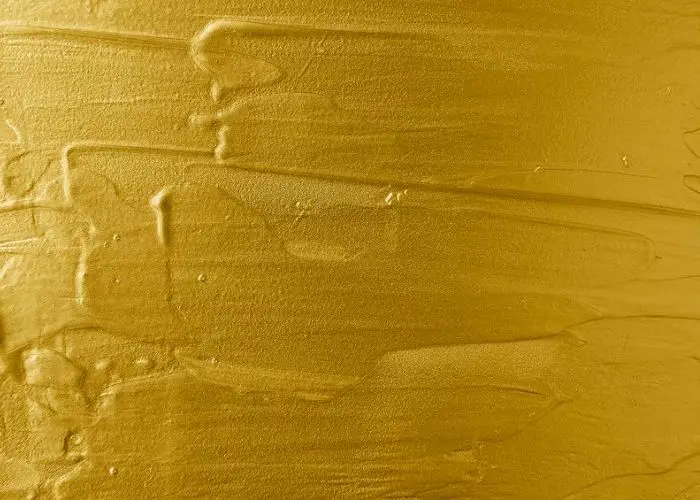
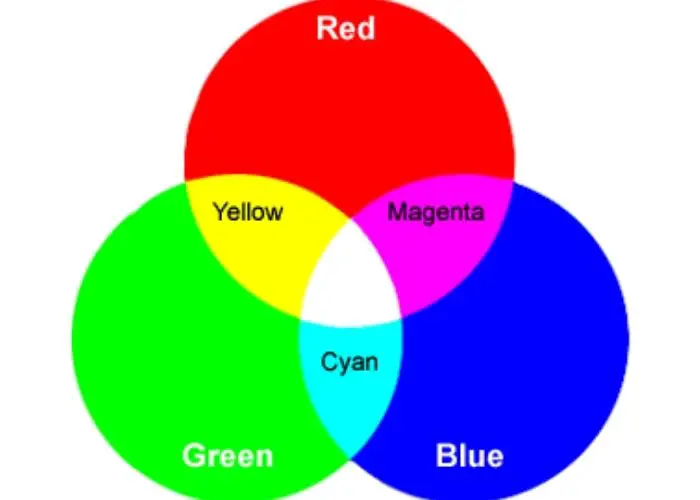
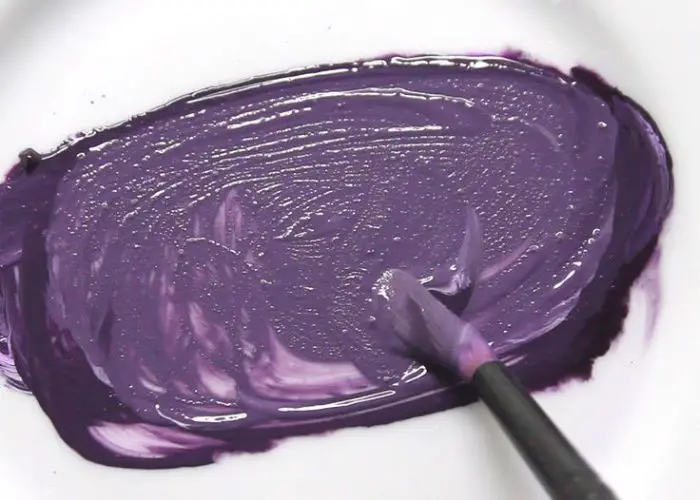
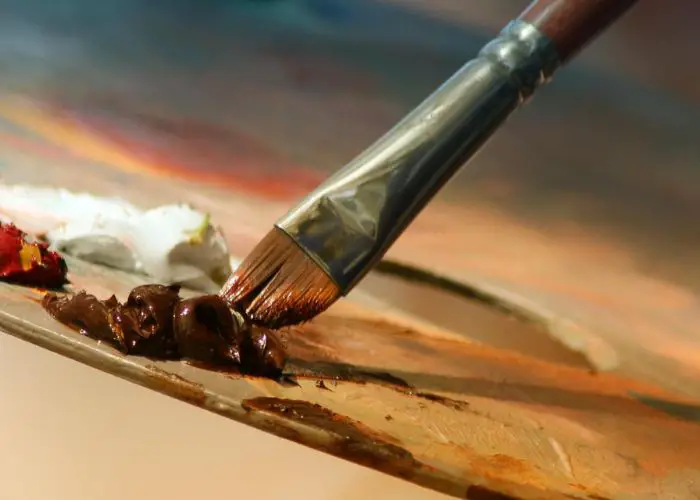
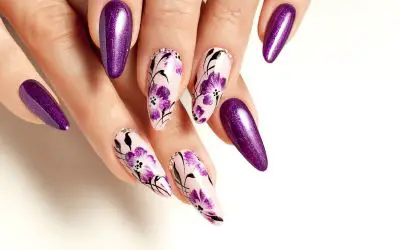



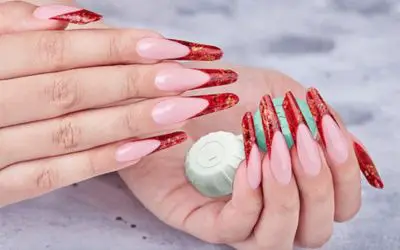
Leave a Reply